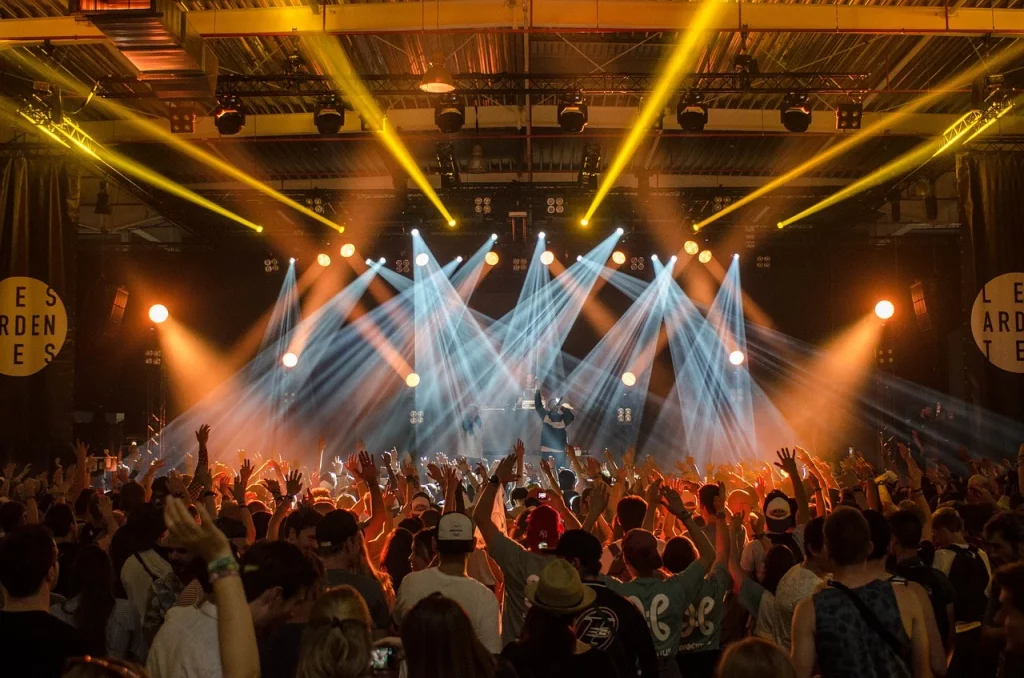
A couple of weeks ago, I wrote about the difference between building an Audience and building a Community. The key distinction is that members of a Community care about and communicate with each other; members of an Audience do not. I believe that as media continues to fragment with more streaming services, more podcasts, and just more content available to consumers, the ability to build a Community will become the key to survival.
Fortunately, there’s a new class of digital tools that makes community building easier and less expensive than ever before. To better understand how these new tools fit together with the tools and tactics that we are already familiar with, let’s divide them into four basic components:
- Content: The one-way dissemination of content that lies at the heart of a Content Marketing strategy still plays a role in Community Marketing. The publishing tools can be traditional (radio, television, print, etc.) or new media (blogs, podcasts, videos, email campaigns, webinars, etc.).
- An Online Space: An online community is a digital space that enables members to participate in asynchronous communication. Examples include Facebook Groups, LinkedIn Groups, message boards, or custom-designed communities on platforms like Circle.so.
- Virtual Events: Virtual events enable community members to have synchronous (real time) communication. These include Zoom meetings or virtual event platforms like Remo or AirMeet.
- In-Person Events: Community members can strengthen their bonds through events such as conferences, trade shows, or competitions.
At least two of these components have been part of radio‘s toolbox for decades: Content and In-Person Events. Online Spaces have been around for several years, though radio stations may not have fully embraced them yet. (For example, does your radio station run a Facebook group or does it rely on its Facebook page to interact with the audience?) Virtual Events have been driven into the mainstream by the COVID-19 pandemic. It’s tempting to think of these as a temporary replacement for an In-Person Event, but I prefer to think of them as “satellite events” throughout the year which supplement the main In-Person Event.
Here’s how this could look in practice:
WKRP is a rock radio station in Hill Valley. Every Sunday night, it airs a local music show called The Hills Are Alive. This show is hosted by the popular local-musician-turned-air-
WKRP has decided that it wants to build a community of Hill Valley musicians. It recognizes that it already has two of the needed components in place — Content (the local music show) and an In-Person Event (the competition). Here’s how the station could flesh out the rest of the strategy:
- Content: In addition to its local music show, the station sets up a section of the website to highlight local bands. Each week, it publishes a written interview with a different local band and shares this on social media.
- An Online Space: WKRP sets up a Facebook group called “Hill Valley Musicians.” MC Fly moderates the group, seeding it with content that spurs interaction and enforcing the rules. He personally invites local bands to join the group, and over time, bands start to use it to recruit new members, find information about submitting to festivals, and share marketing tips with each other.
- Virtual Events: WKRP hosts a monthly virtual event called “Hill Valley Musician Networking Night.” These are opportunities for local musicians to meet each other. As part of the event, MC Fly shows clips from music videos produced by local bands.
- In-Person Event: WKRP continues to host its annual “King of the Hills” competition.
Notice that WKRP did not try to build a Community that was as large as its entire Audience. Instead, it focused on a subset of that Audience and superserved them. While listening to the same radio station as someone else may not be a strong enough connection to support a Community, WKRP is betting that a shared passion for performing in a local band is a strong enough bond.
While the idea of building a Community can sound intimidating, this example shows that many radio stations may already be farther along than they realize. What type of Community could your radio station build?
- A Simple Digital Treat to Thank Your Radio Listeners This Thanksgiving - November 13, 2023
- Interview Questions When Hiring Your Radio Station’s Next Digital Marketing Manager - November 6, 2023
- A Radio Conversation with ChatGPT: Part 2 – Promotions - October 30, 2023




Leave a Reply